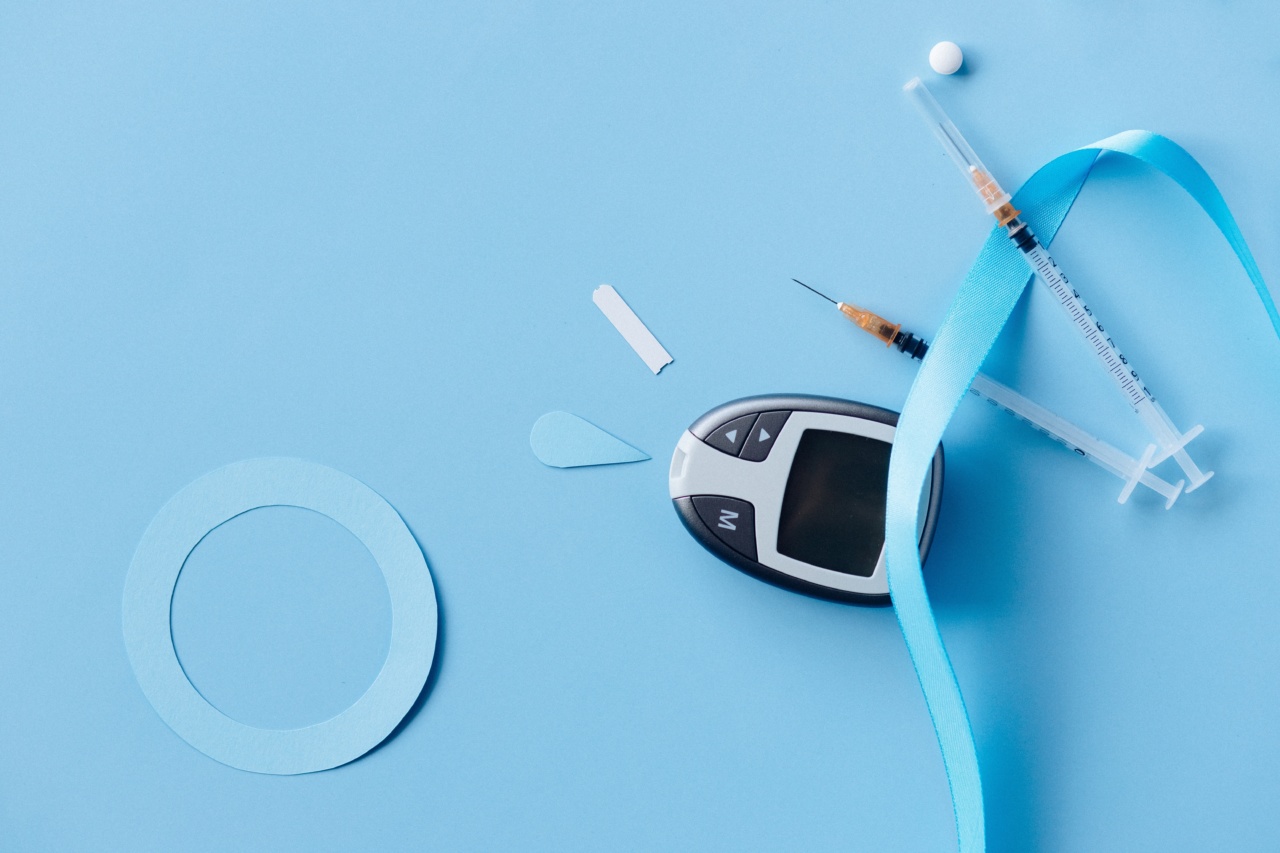Diabetes is a widespread chronic disease affecting millions of people worldwide. The condition occurs when the body fails to regulate blood glucose levels, leading to a range of serious health complications if left unmanaged.
Insulin is the hormone that regulates blood glucose levels and ensures that the body can process glucose to produce energy. People with diabetes usually require insulin treatment to manage their condition. However, traditional insulin treatments have limitations that can affect the effectiveness of patient care.
Nanotechnology has emerged as a potential solution to many problems related to insulin treatment. It offers a range of advantages that could address major limitations of traditional insulin treatments.
This article will explore the potential of nanotech-enhanced insulin treatment in managing diabetes and discuss some of the challenges that remain to be addressed.
Understanding Diabetes and Insulin Treatment
Diabetes is a chronic disease that affects how the body metabolizes glucose. The body needs glucose for energy, and insulin helps the body to process glucose.
People with diabetes may not produce enough insulin, or their bodies may not use insulin efficiently, resulting in elevated blood glucose levels, which can lead to serious health complications if left untreated.
People with diabetes may require insulin treatment to manage their condition. Traditional insulin treatments involve injecting insulin into the body using a syringe or insulin pen.
However, patients have to monitor their blood glucose levels regularly to determine their insulin dose, which can be challenging and time-consuming. Additionally, traditional insulin treatments are associated with a high risk of hypoglycemia (low blood sugar), which can be life-threatening.
Nanotech-Enhanced Insulin Treatment
Nanotechnology has the potential to revolutionize insulin treatment in many ways. Nanoparticles are very small particles, often measuring less than 100 nanometers.
Scientists can create nanoparticles with specific properties, such as the ability to target specific cells or tissues in the body. This property makes nanoparticles an ideal candidate for drug delivery applications, including insulin treatment.
Nanoparticle Insulin Delivery System
Scientists have developed new insulin delivery systems that use nanoparticles to target specific cells or tissues in the body.
One example is the use of nanoparticles that bind specifically to the insulin receptor, which is the receptor that recognizes and binds to insulin. This method allows for the delivery of insulin directly to the cells that need it, reducing the risk of hypoglycemia.
Nanoparticle insulin delivery systems can also release insulin in response to changes in blood glucose levels. For example, researchers have developed nanoparticles that release insulin when they come into contact with glucose.
This method mimics the body’s natural insulin release mechanism, reducing the risk of hypoglycemia and providing a more natural insulin treatment option.
Nanoparticles as a Platform for Insulin Delivery
Nanoparticles have also been explored as a platform for insulin delivery. Researchers have created nanoparticles that can encapsulate insulin and protect it from degradation in the body.
Additionally, nanoparticles can be modified to release insulin over a sustained period, reducing the need for frequent injections. This method has the potential to improve patient compliance and reduce the risk of complications associated with insulin treatment.
Other Applications of Nanotechnology in Diabetes Management
Nanotechnology has the potential to improve diabetes management in other ways. For example, researchers have developed nanosensors that can monitor blood glucose levels in real-time.
These sensors are small enough to be implanted under the skin, providing continuous monitoring of blood glucose levels without the need for painful finger-prick tests.
Nanotechnology can also be used to create new materials for diabetes management.
For example, researchers have created a material called graphene oxide, which can absorb and release insulin in response to changes in glucose levels, reducing the risk of hypoglycemia. Additionally, graphene oxide can be used to create glucose-sensing contact lenses, providing a non-invasive method for monitoring blood glucose levels.
Challenges in the Development of Nanotech-Enhanced Insulin Treatment
Despite the potential of nanotechnology in insulin treatment, several challenges must be overcome before it can be widely adopted. One of the main challenges is the need for extensive safety testing.
Nanoparticles have unique properties that can affect their behavior in the body, and their long-term effects are not yet fully understood. Additionally, nanoparticles must be biocompatible, meaning they do not cause harm to the body.
Another challenge is the cost of developing nanotech-enhanced insulin treatment. Nanoparticles are complex to manufacture, and their production requires specialized equipment, making them expensive.
However, with continued research and investment, the cost of manufacturing nanoparticles could be reduced, making them more accessible to patients.
Conclusion
Nanotechnology has the potential to revolutionize insulin treatment, providing more effective and safer treatments for people with diabetes.
Nanoparticles offer the ability to target specific cells or tissues, release insulin in response to changes in glucose levels, and protect insulin from degradation in the body. Additionally, nanotechnology can be used to create new materials for diabetes management and improve patient monitoring.
However, several challenges must be addressed, including safety testing and cost reduction, before nanotech-enhanced insulin treatment can be widely adopted.






























